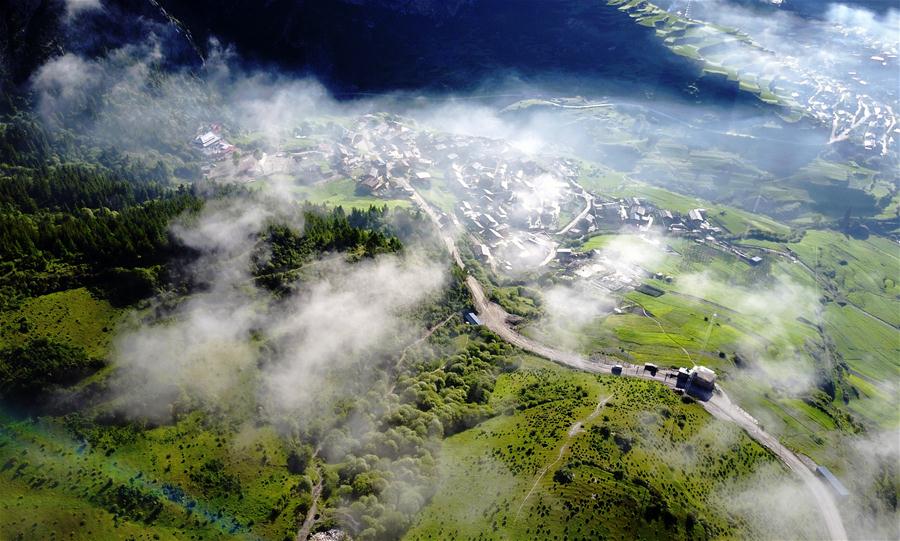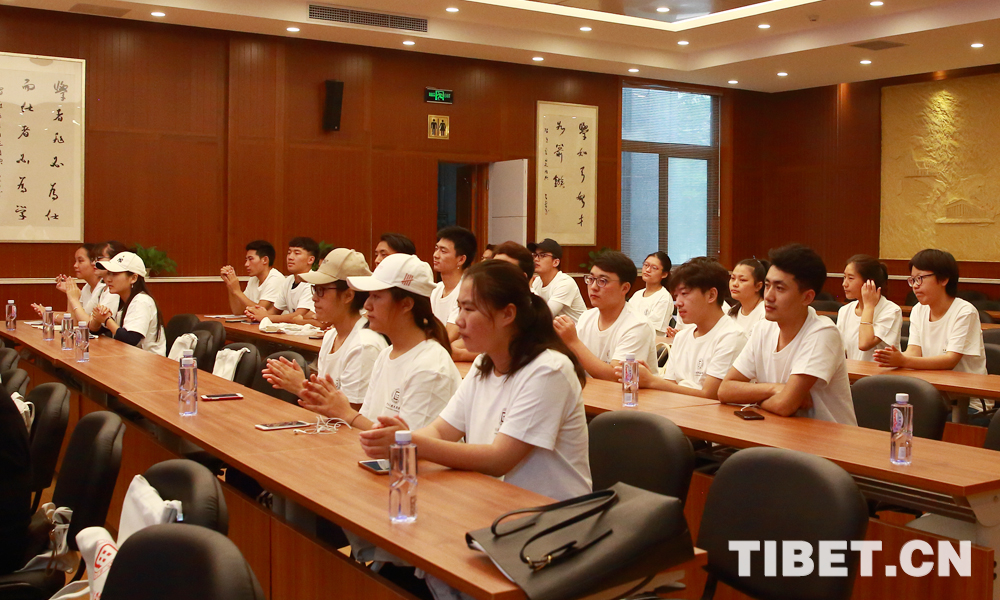Rainfall in Qinghai Lake Basin increased 5% in 10 years
“Monitoring data shows that in recent years, the average annual temperature and precipitation in the Qinghai Lake Basin have increased. The climate shows obvious characteristics of becoming warmer and more humid, resulting in the largest maximum surface area of Qinghai Lake in 18 years; it is 51.55 square kilometers larger than the maximum area in 2017. The enlarged area is equivalent to two Taihu Lakes,” Liu Baokang, senior engineer of the Qinghai Provincial Meteorological Research Institute, said in Xining on July 19.
Located on the Qinghai-Tibet Plateau, Qinghai Lake is China’s largest inland saltwater lake and an important waterbody for maintaining ecological security in the northeastern part of the Plateau.
According to Liu Baokang, Qinghai Lake now has an area of 4,548.56 square kilometers, which is the most it’s been in 18 years. In addition to increasing area, since 2005, the water level of Qinghai Lake continues to rise. In 2004, the average water level was 3,192.9 meters; on July 4, 2018, the water level reached 3,195.32, an increase of 2.4 meters.
“Affected by the plateau monsoon climate, precipitation in the Qinghai Lake Basin has been increasing for a long time, which is the main reason for the rise in water level,” Liu Baokang said. He added that the average temperature in Qinghai Lake during the 1960s was -1.3 degrees Celsius, and precipitation was 354.1 mm. During the 1980s, the temperature was 0.1 degrees Celsius, and precipitation was 407.6 mm. In the 1990s, the temperature rose to 0.5 degrees Celsius, and precipitation was 374.6 mm. Since the year 2000, the temperature has risen to 1.3 degrees Celsius, and precipitation has also reached 426.2 mm, which is an increase of five percent in 10 years.
Liu Baokang said that the benefits of warming and humidification in the Qinghai Lake Basin outweigh the disadvantages. The increases in temperature and lake area not only improve the ecological environment around Qinghai Lake, but also increase the humidity of the surrounding atmosphere and curb desertification in the surrounding area. However, the rising water level of the lake has an adverse impact on the surrounding tourism facilities.
Your Comment
Name E-mailRelated News
-
-
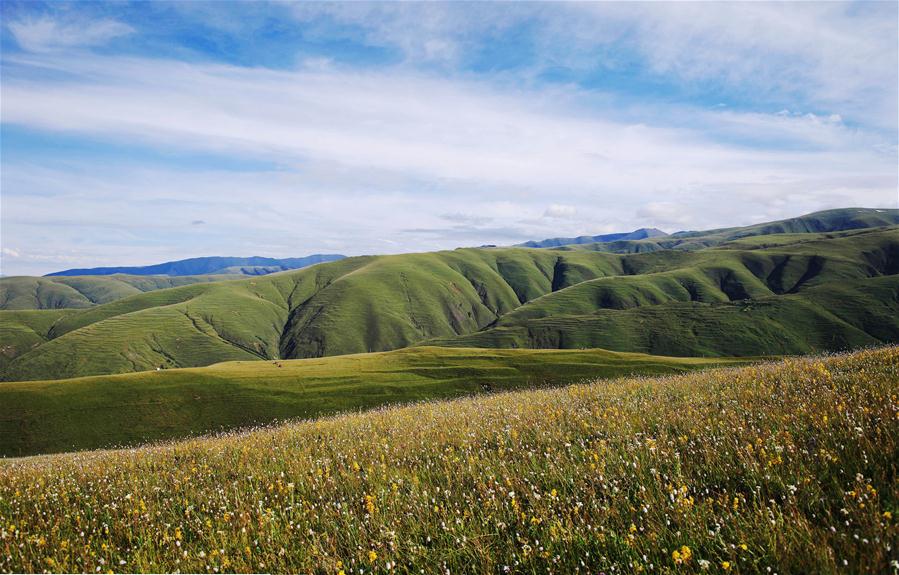
-
Green industry develops steadily on Qinghai-Tibet Plateau: white paper
A white paper released Wednesday said that an economic model featuring a circular economy, renewable energy, and distinctive industries, is forming on the Qinghai-Tibet Plateau.
-
-
-
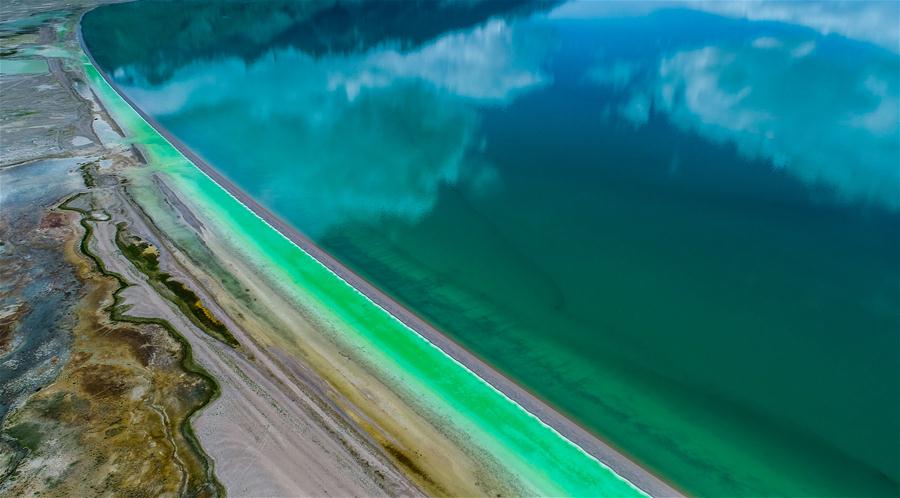
-
China issues white paper on ecological progress on Qinghai-Tibet Plateau
China issued a white paper about ecological progress on the Qinghai-Tibet Plateau, which is a key eco-safety barrier in China and Asia, and a focus of the country's drive to promote ecological progress.
-
-
-
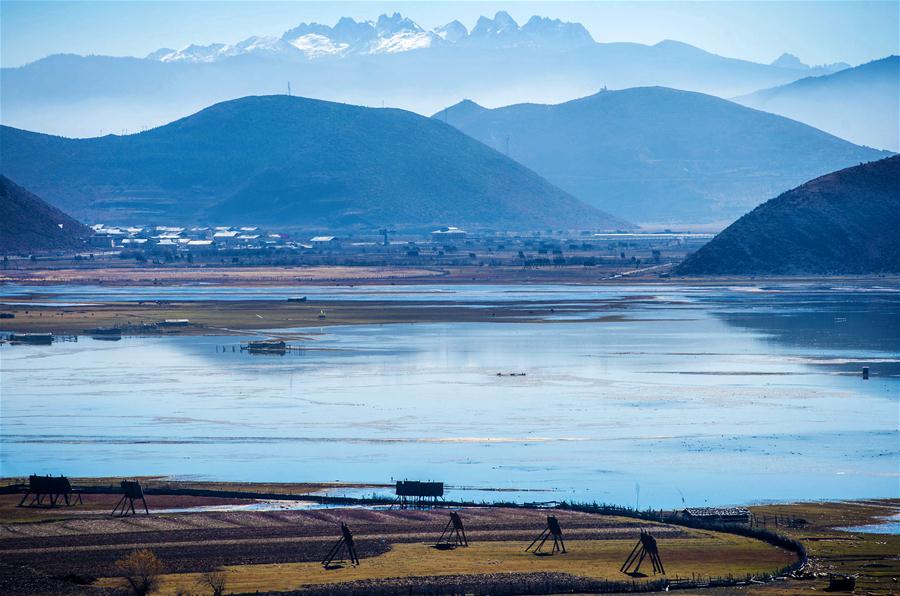
-
Ecological awareness grows on Qinghai-Tibet Plateau: white paper
A culture that values ecological awareness is developing on the Qinghai-Tibet Plateau, said a white paper released by the State Council Information Office on Wednesday.
-
-
-

-
Qinghai-Tibet Plateau still one of cleanest regions on earth
The Qinghai-Tibet Plateau, which covers over one-fourth of China's land area, is still one of the cleanest regions on earth, said a white paper issued by the Chinese government Wednesday.
-
-
-
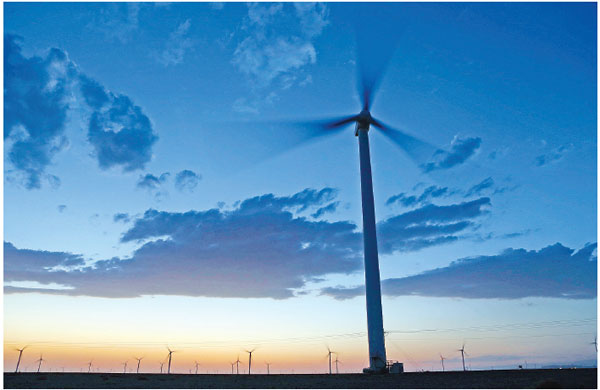
-
Qinghai province sets record in 9-day clean energy trial
China has set a world record in Qinghai province, where 6 million people used nothing but clean energy for nine consecutive days - a testament to China's commitment to a low-carbon future.
-



